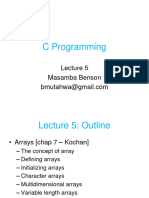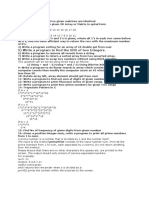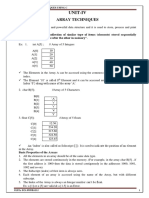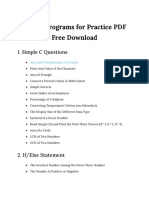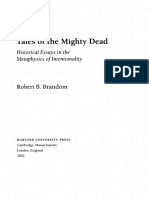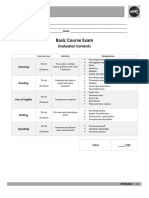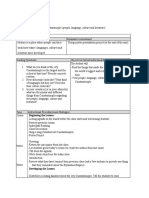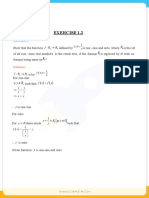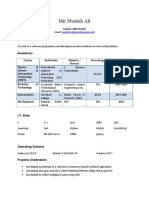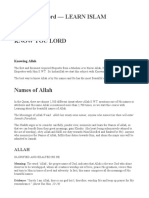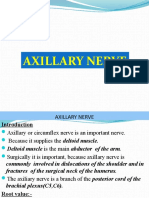0% found this document useful (0 votes)
13 views18 pagesArray Lab Manual
This document outlines the learning outcomes and programming exercises related to arrays in C/C++. It includes definitions, examples of array declarations, initialization, and various programming challenges involving arrays and strings. Additionally, it provides practical coding tasks to reinforce understanding of arrays and their applications.
Uploaded by
muhammadabdullahhafeez089Copyright
© © All Rights Reserved
We take content rights seriously. If you suspect this is your content, claim it here.
Available Formats
Download as PDF, TXT or read online on Scribd
0% found this document useful (0 votes)
13 views18 pagesArray Lab Manual
This document outlines the learning outcomes and programming exercises related to arrays in C/C++. It includes definitions, examples of array declarations, initialization, and various programming challenges involving arrays and strings. Additionally, it provides practical coding tasks to reinforce understanding of arrays and their applications.
Uploaded by
muhammadabdullahhafeez089Copyright
© © All Rights Reserved
We take content rights seriously. If you suspect this is your content, claim it here.
Available Formats
Download as PDF, TXT or read online on Scribd
/ 18












